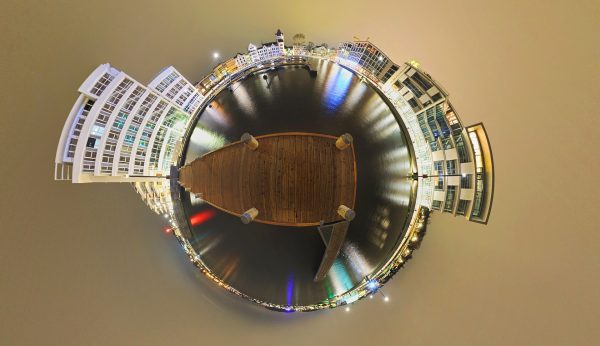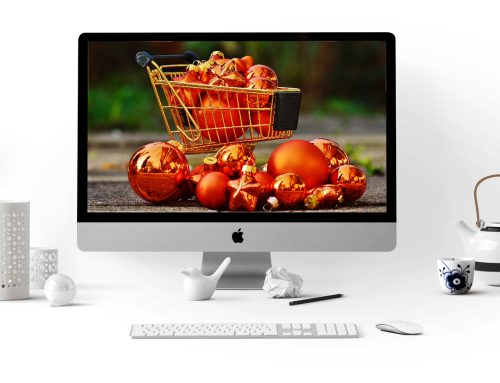Was die Wissenschaft zu 360 Grad Produktbilder im eCommerce sagt.
Zahlreiche Unternehmen setzen seit einigen Jahren schon auf 360 Grad Produktbilder, wie es z.B. die Produktlisten von Bosh und Ashley Furniture schon seit Langem zeigen. Auch Shopify hat vor Kurzem eine Ankündigung gemacht, auf 360 Grad Produktfotos in Zukunft in seinen Werbekampagnen setzen zu wollen.

Bildquelle: Wikipedia
Wenn Sie sich noch nicht sicher sind, ob Sie 360 Grad Produktansichten in ihre eCommerce-Strategie implementieren sollen, dann sollten Sie sich die Studie von Tibert Verhagen, Charlotte Vonkeman und Willemijin van Dolen, die in Cyberpsychologie, Behavior and Social Networking veröffentlicht wurde, etwas genauer ansehen.
Die Studie untersucht die folgenden drei Produktpräsentationskategorien, um zu analysieren, wie sie die Fähigkeit des Käufers, Produkte online zu bewerten, beeinflussen, also welchen Einfluss diese Prozesse auf die Kaufentscheidung des Kunden haben:
- Standbilder.
- 360 Produkt-Bilder.
- Virtueller Spiegel.
Fast 400 Studenten nahmen 2016 an dieser Studie in den Niederlanden teil, wo sie verschiedene Formen der wahrgenommenen Produkttangibilität und ihre Kaufabsichten anhand von Produktseiten auf Ray-Ban.com bewerteten.
Ray-Ban bietet alle drei Präsentationsmöglichkeiten für einige ihrer Brillen an, was selten ist. Das liegt vor allem daran, dass der „virtuelle Spiegel“ modespezifisch und die Technologie immer noch komplex und heikel ist.
Wir empfehlen ihnen, sich diese Studie einmal genau anzusehen: die besten Werte erzielte der virtuelle Spiegel, gefolgt von 360 Grad Bildern. Interessanterweise scheint der Unterschied zwischen dem virtuellen Spiegel und 360-Grad-Produktbilder sehr nahe an der Lücke zwischen den 360 Grad Produktbildern und den Standbildern zu liegen.
Ein Beispiel aus dieser Studie: Käufer, die mit 360 Grad Produktbildern interagieren, kaufen ein Produkt um 14% häufiger als wenn nur Fotos für die Produktpräsentation eingesetzt werden.
Der „virtuelle Spiegel“ gibt eine zusätzliche Verbesserung von 15% an. Und das ist auch noch nicht alles, denn wir müssen auch bedenken, dass die verbesserte User Experience die Produktrendite reduzieren und die allgemeine Einkaufszufriedenheit verbessern kann.
Weitere interessante Forschungsergebnisse stammen von Wissenschaftlern der Universität von Hong-Kong und Stanford. Die Wissenschaftler untersuchten den Einfluss von mehreren zusätzlichen Bildern des gleichen Produkts auf die Fähigkeit des Käufers zu vergleichen und zu entscheiden, während er online einkauft. Überraschenderweise waren die Teilnehmer, die zusätzliche Fotos sahen, „weniger überzeugt von ihrer Entscheidung und schätzten das Produkt weniger als diejenigen, die nur ein Foto für jedes Produkt sahen“.
In Anbetracht der Ergebnisse der ersten Studie sind wir der Meinung, dass einige Produkte wie z.B. Schuhe, die in der letzten Studie verwendet wurden, von einer einzigen 360 Grad Produktansicht profitieren und damit auf Standbilder komplett verzichten können.


